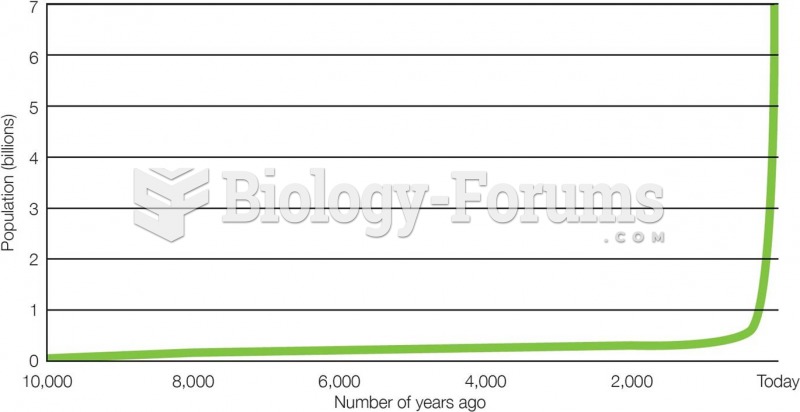For years, Kelly Lacek felt she and her husband made the right choice by not having her two
youngest kids vaccinated. But in 2006, Matthew, their youngest, complained of a sore throat and
a pain in his neck. The 3 year old suddenly developed a high fever. Hunched over, he struggled
to breathe. When his parents brought Matthew to the hospital, an older pediatrician asked, Was
your son vaccinated?
No, he wasn't. The Laceks were among those parents who had decided to postpone or skip
vaccines altogether, because of skepticism over the number of shots required, the ingredients or
concerns over a now-largely discredited link between vaccines and autism. The rate of
vaccination for kids covered under private insurance fell 4 percentage points in 2009, according
to a nonprofit association that certifies health care organizations. It was the first time a drop had
been seen. The authors said that vaccine refusal could be a major factor.
As used in the following sentence, the hesitant most nearly means:
They're hesitant to vaccinate because of the belief that they don't work and that their kids are not at risk
for the diseases, he said.
a. hopeful
b. optimistic
c. cautious
d. pessimistic
Question 2
For years, Kelly Lacek felt she and her husband made the right choice by not having her two
youngest kids vaccinated. But in 2006, Matthew, their youngest, complained of a sore throat and
a pain in his neck. The 3 year old suddenly developed a high fever. Hunched over, he struggled
to breathe. When his parents brought Matthew to the hospital, an older pediatrician asked, Was
your son vaccinated?
No, he wasn't. The Laceks were among those parents who had decided to postpone or skip
vaccines altogether, because of skepticism over the number of shots required, the ingredients or
concerns over a now-largely discredited link between vaccines and autism. The rate of
vaccination for kids covered under private insurance fell 4 percentage points in 2009, according
to a nonprofit association that certifies health care organizations. It was the first time a drop had
been seen. The authors said that vaccine refusal could be a major factor.
What can we infer from this passage?
a. The number of vaccine refusals has increased because of the theory that vaccines and autism
are linked.
b. Parents are refusing to vaccinate their children because they feel it is unnecessary.
c. The Lacek family continued to refuse vaccinations.
d. Vaccination numbers have decreased so dramatically that healthcare providers are now facing
a preventable epidemic.







